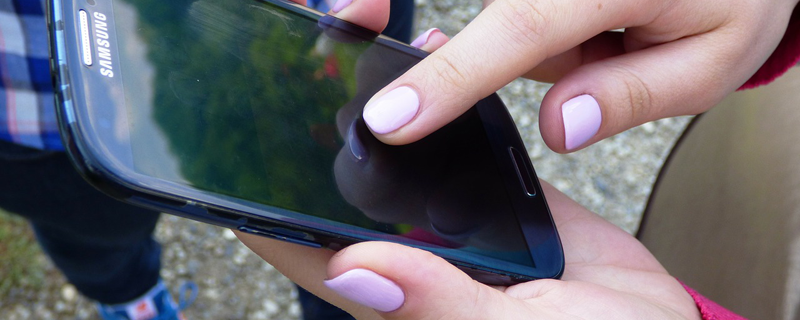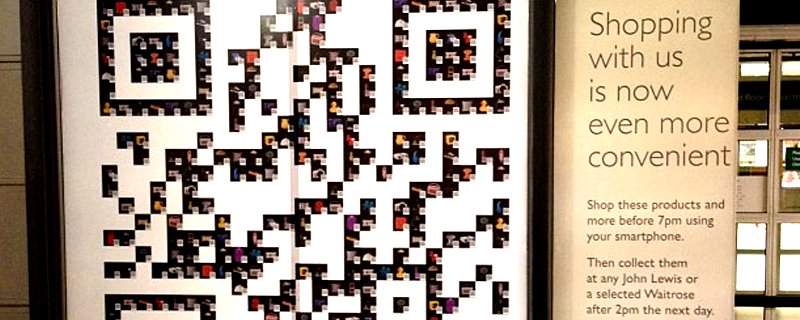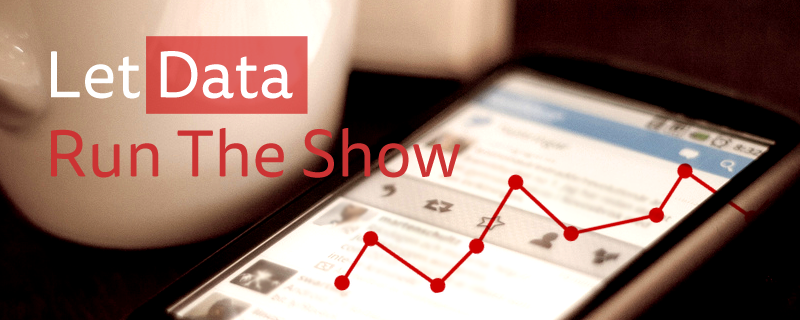BLOG
Online Shopping, Social Media and Mobile Purchase Behaviour
4 Billion people around the world are using the Internet. That’s more than half the entire world’s population!
The latest statistics from We are Social and Hootsuite show that affordable smartphones and data plans have driven the Internet’s growth over the last year.
200 million people got their first mobile device in 2017. So by now, two-thirds of the world’s population has a mobile device –and half of these, are smartphones.
So, how does this affect people’s online shopping behaviour?
If you’ve ever used your phone to shop online, you’re part of a growing group of 1.6 billion—198 only in the US!— people worldwide.
Backtrack to 20 years ago, and no one would have thought that you could buy all sorts of things online. This was when people valued the “try and buy“ method where they would rather be able to see things up close before deciding whether to get it. If you had told them that they’d one day be able to buy things off the Internet (let alone using a small handheld device), they’d think you were nuts.
Every year, more and more people are taking advantage of the convenience of online shopping. You’d be surprised at just how valuable social media is when it comes to helping businesses make a sale.
Online Shopping as a Whole
In 2017 almost 59% of e-commerce sales occurred via mobile.
The average smartphone buyer would spend an average of $ 833 per year. And that’s across a wide range of products like clothing, cosmetics, books and even appliances. All the categories have grown between 7% up to 20 %.
Fifty-one percent of online shoppers would consider social media sites as credible sources for information about a product or service they are interested in.
When it comes to location services, 33% of smartphone users have shared their location with a retail company, whereas 62% of those who don’t have location-based services hope to have those functions on their phones.

Shopping from a Social Media Standpoint
When it comes to social media, businesses both big and small provide tons of shopping opportunities for users.
Facebook even has an integrated shop function that users can look at when they’re at the Facebook page of the brand they like. It’ not a surprise any more that social media is home to some of the most active shoppers online.
Facebook has more than 2 billion active users, wherein 60% of them are open to discussions about a product or service, especially if they were offered a deal or discount.
Twitter, on the other hand, has up to 330 million users. At its peak, there are around 500 million tweets a day.
Pinterest is also a popular social media site for those who love infographics, images and pictures. There is a wealth of unexpected information when it comes to how users would use Pinterest to gather information on a product they want. With 200 million users it has become a powerful sales tool.
- 72 % of active Pinners say they use Pinterest to find ideas for purchasing.
- 80 % of Pinterest users use the mobile app.
- 1 out of 2 people have purchased after seeing a Promoted Pin
Impressive right?
Social Media mobile and shopping behaviours
So what do people do with their time online or on their phones whenever they’re looking to buy something online? Do they just go to a trusted brand and exclusively buy there? Or are they swayed by cheaper prices and free shipping? Here are some insights on how users behave when they’re browsing online.

How much social media and community tools affect buyers?
- Facebook is the 2nd most visited website in the world –YouTube is third. We should forget that YouTube ads have been increasing exponentially.
- 88 % percent of Facebook users access via mobile.
- The Post Reach is 10 % higher than the average page likes.
- 51% of customers use mobile devices to discover new brands and products.
- 89% of people are willing to recommend a brand after a positive experience on the Mobile site.
- Mobile purchases can be done 20 % faster when the site is efficient and facilitates the purchase.
- 40% of online transactions happen on mobile devices.
- 50% of B2B search queries are made on smartphones. It’s estimated that this will grow to 70% by 2020
You may also wonder how online shoppers would use their phones whenever they’re shopping online.
Online shopping behaviour stats
- 53% of mobile users abandon mobile sites if they don’t load in three seconds or less.
- 38% of consumers browse a shopping website or app at least once a week.
- 75% of digital Target shoppers start their digital shopping experience on mobile.
- 89% of marketers reported a positive change in revenue following personalisation on websites and apps.
- 24% would check out the prices for certain products on the official retail mobile site of a brand.
- 26% would ensure that the shop had the product they want in their inventory.
- 27% are swayed by prices as they would use sites that focus on giving the most competitive prices.
- 29% would search for other online retailers other than Amazon.
- But 31% would still compare the prices of a product with those found on Amazon.
- 31% have checked out different online stores for different products.
- 32% would search for product reviews and ratings for the product they want.
- 33% would read up on information on the physical store.
- 33% would actively search for sales and special prices.
How retailers are responding
Like shopping in physical stores, there are also long lines when it comes to check out. Businesses like Apple are also trying to eliminate this problem for online users as this can lead to lost sales through their website.
Online retailers are also working to advertise their products online using social media to reach more people. They are able to obtain information from social media and smartphone data to give users targeted offers based on what they’re checking out online. In fact, by using the data they gathered from social media, they can analyze the behaviour of customers, and address their needs.

Qr code window shopping at John Lewis Kingston CC-BY-SA 2012 James Poulter
Conclusion
The online shopping experience is increasingly more expansive and diverse. Businesses are benefiting immensely from all the opportunities that the Internet offers. This is surely associated with the fact that more and more people are getting involved and making use of its convenience. As a result, businesses are now able to try new ways of promoting their products and making sales. So if your business is looking into some e-commerce, you should definitely use this information to figure out which platforms are right for you!
The biggest takeaway from this article is that your website should offer a seamless social media AND mobile experiences.
Which stats shocked you the most?! We want to know! Leave us your comment below
Photo used in feature: CC-BY-2.0 2010 Johan Larsson, modified











